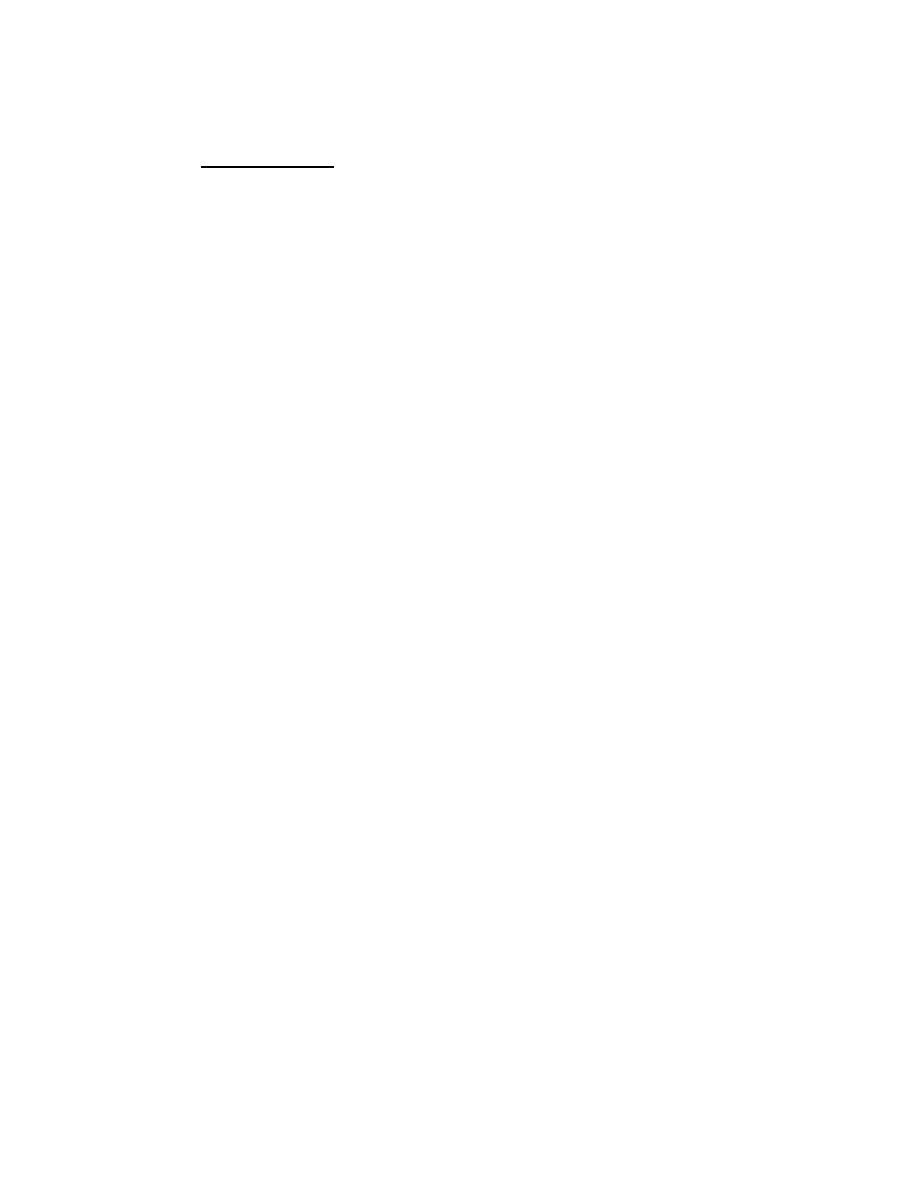

Custom Search
|
|

|
||
 verified by sighting from known positions ashore using a transit, a
theodolite, or any instrument of comparable precision.
Documentation. The results of the surface inspection shall be fully
3.2.2.3
documented (see Figure 3-4, "Sample Surface Inspection Form") and filed
in the inspecting activity's maintenance files for future reference. A copy
of this form should be forwarded to CHESNAVFACENGCOM Code FPO-1
for entry into the FMM archives. if a buoy is found to be in relatively
poor condition or in need of repair or overhaul, complete information
concerning funding and the material required to correct the observed
deficiencies should be reported to CHESNAVFACENGCOM.
3.2.3 UNDERWATER INSPECTIONS. The purpose of mooring underwater
inspections is to determine the general condition of buoys and chain assemblies and
to verify or update existing as-built drawings and maintenance records. Each fleet
mooring will be inspected by divers every 2 to 3 years. CHESNAVFACENGCOM has
the overall responsibility for all of these underwater mooring inspections and will
make arrangements for each inspection, analyze the raw data observed, and
prepare reports of the inspection findings. Divers assigned for each inspection will
inspect only a portion of the submerged buoy hull and chain assemblies in order to
compile a general description of the mooring's condition.
Consistent
measurements obtained during each inspection will provide a good indication of
the mooring's overall condition. Obviously, underwater inspections cannot fully
substitute for a complete inspection involving recovery of the mooring and the
measurement and evaluation of each component.
3.2.4 LIFT INSPECTIONS. In the past, a buoy and riser chain were lifted as high as
possible out of the water and a visual inspection of the buoy, its upper and lower
jewelry, and accessible portions of the riser chain subassembly was conducted to
d e t e r m i n e wear, corrosion, or deterioration. Lift inspections
have been
38
|
 |
|
 |
||